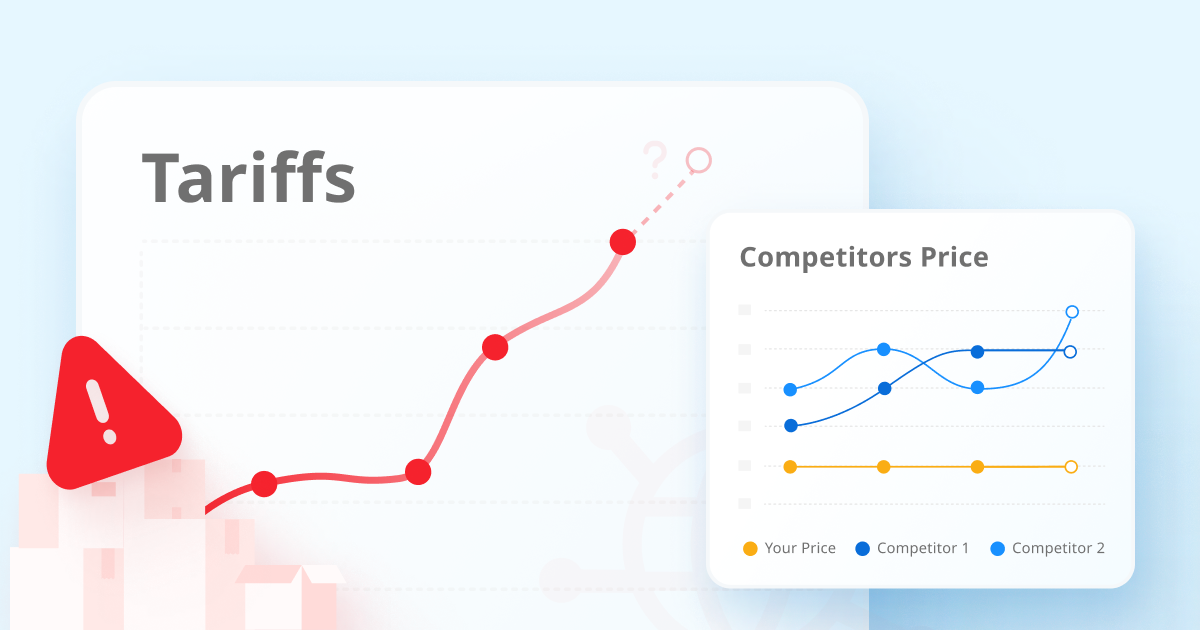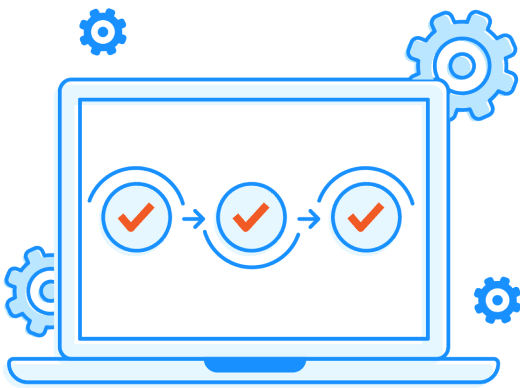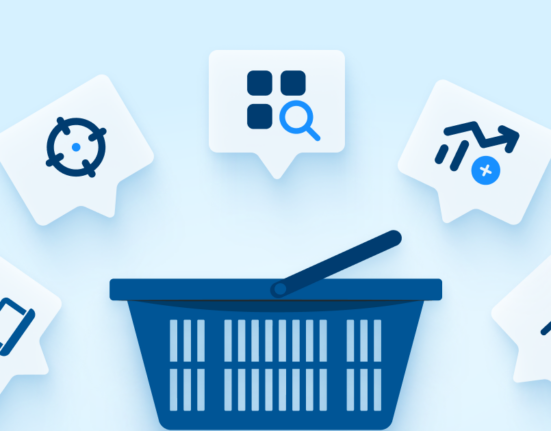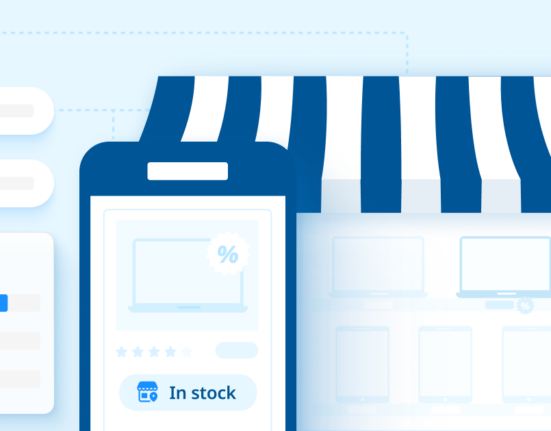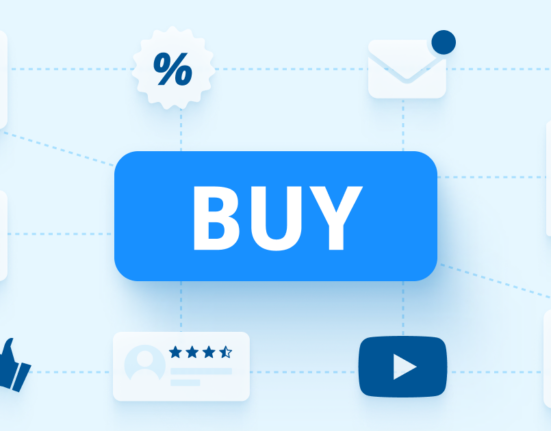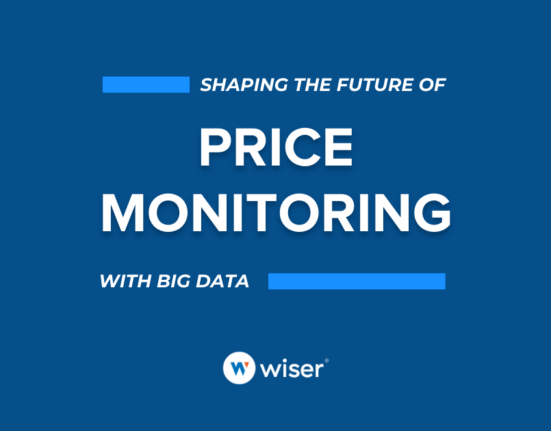US tariff changes can throw off your costs and squeeze your margins. Don’t wait for policy shifts and focus on what you can control. This guide provides a practical framework on how to limit exposure to tariff-induced uncertainty and keep your core operations solid.
1. Spot weak links in your supply chain
A robust supply chain is your first line of defense. Tariff changes can cause price volatility and interruptions; therefore, it’s essential to assess and reorganize your supply chain accordingly.
Conduct a comprehensive supply chain audit
- Identify key components: List all your critical raw materials, finished goods, and components affected by tariffs.
- Analyze supplier exposure: Determine which suppliers are most vulnerable to tariff changes. Create a risk matrix based on factors like geographic location, lead times, and price sensitivity.
- Assess contractual terms: Review your supplier agreements to see if there are clauses for renegotiation in the event of tariff changes.
Diversification Strategies
- Localize sourcing: Evaluate the potential for sourcing from domestic suppliers. While local sourcing may come with higher base costs, it offers greater stability and predictability in pricing.
- Multi-sourcing approaches: Avoid reliance on a single supplier by establishing relationships with multiple vendors. This can reduce risk even if one source becomes too expensive or unreliable.
- Inventory buffer management: Develop a strategy for maintaining optimal safety stocks or buffer inventories. Use demand forecasting tools to optimize inventory levels in anticipation of supply chain disruptions.
Risk management and Contingency Planning
- Develop scenario planning models: Use historical data and current market insights to simulate potential tariff scenarios. Quantify the financial and operational impacts of each scenario.
- Set up contingency plans: Establish clear protocols for rapid supplier substitution or accelerated domestic production if international supplies become untenable.
2. Leverage your data, every day
Data is key to staying ahead of shifting market conditions. Rather than relying on intuition, an evidence-based approach can help you make informed decisions.
Improve data collection and analysis
- Invest in robust analytics: Implement or upgrade analytics tools to monitor market trends, pricing fluctuations, and consumer demand. Tools that provide real-time data can be particularly useful.
- Utilize business intelligence platforms: Many platforms allow you to integrate data from multiple sources (internal sales, supplier databases, and market trends) to create comprehensive dashboards.
- Regular data reviews: Establish a routine for reviewing key performance indicators (KPIs) that matter most during periods of uncertainty, such as supply lead times, cost of goods sold, and inventory turnover.
Refine product and pricing strategies
- Dynamic pricing strategies: Consider implementing pricing models that can adjust in real time based on cost changes. Automating parts of this process reduces lag time in response.
- Product line adjustments: Use data to determine which products are most affected by tariff-induced cost increases. This might lead to a deliberate shift in your product mix or an emphasis on items with less exposure to tariff vulnerabilities.
3. Cut waste in everyday operations
Operational efficiency is critical when external variables like tariffs are out of your control. By tightening your internal operations, you can maintain competitive pricing and customer satisfaction.
Technology and automation
- Automate repetitive tasks: Streamline order processing, inventory management, and data reporting. Automation reduces the risk of human error during periods of rapid change.
- Implement digital workflows: A digital platform for managing supply chains and inventory can help you quickly reallocate resources in response to supply disruptions.
Process optimization
- Lean principles: Adopt lean manufacturing or retail practices to reduce waste and improve response times. Regularly review processes to identify bottlenecks or inefficiencies.
- Training and development: Strengthen your team’s ability to manage change. Regular training sessions focused on using new digital tools and analytical platforms can help your workforce adapt to new operational demands.
4. Forecast for fluctuation
Accurate forecasting and robust financial planning can insulate your business from the shocks of tariff changes.
Build a flexible financial model
- Scenario-based planning: Develop multiple financial models that incorporate various tariff scenarios. This will help you understand potential cash flow, profit margin changes, and capital requirements.
- Cost reduction initiatives: Identify and implement cost-saving measures that can offset tariff-driven cost increases. This might include renegotiating supplier contracts or optimizing logistics expenses.
- Monitoring and reporting: Establish a dashboard for real-time financial indicators related to tariffs. Include metrics such as cost fluctuations, margin shifts, and changes in supplier pricing.
Strategic investment in resilience
- Investing in risk management: Set aside budgets specifically for managing supply chain risks. This investment might go towards technology upgrades, training, or finding secondary suppliers.
- Contingency funds: Maintain a reserve fund to manage unforeseen costs or to capitalize on opportunities that arise when competitors are slower to adapt.
5. Get outside input, without losing control
While your internal capabilities are critical, leveraging external expertise can provide additional insights and reinforce your strategic plans.
Access to market intelligence platforms
- Integration without dependency: Use third-party market intelligence services to complement your internal data. These tools can offer broader market insights and trend analysis without dominating your strategic direction.
- Benchmarking: Compare your business performance against industry standards and competitor strategies. This benchmarking can inform whether adjustments in sourcing or pricing strategies are needed.
- Expert consultations: Engage with external consultants periodically to review your strategies. Their fresh perspective may uncover blind spots or introduce cost-effective practices that internal teams might overlook.
Note: Such platforms and expert partnerships should serve as a supplement to your internal decision-making processes, offering data-driven insights rather than prescriptive solutions.
Conclusion
Tariff uncertainties present real challenges for US brands and retailers, but by focusing on internal control factors, you can build resilience and agility. By mapping your risks, watching your own figures, tightening up day‑to‑day work, and planning for different cost scenarios, you stay in control—even if tariffs shift again. Outside reports and tools can give you extra visibility, but they only pay off when you use them alongside these basic, in‑house steps.
